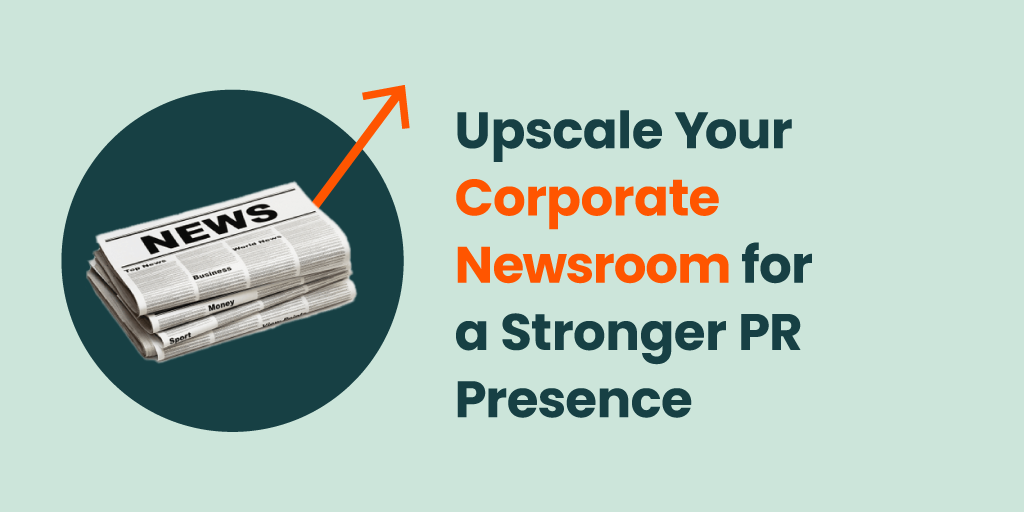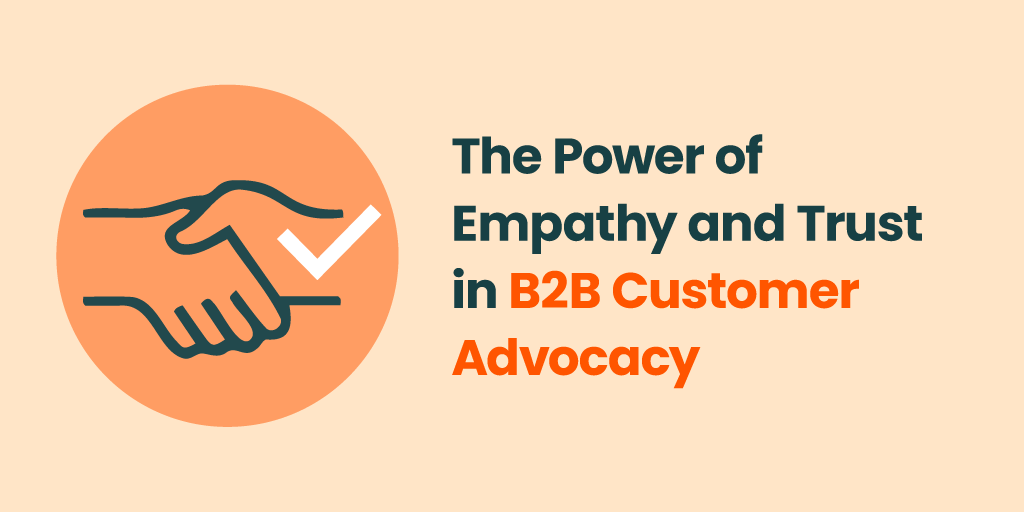As you know we’re starting a PR agency. So far things are going well – we’re working with some wonderful clients, with a clutch of exciting prospects and had a huge number of applicants to our open rec, giving us a talent pipeline. We had encouraging feedback about our initial lessons, so let’s look at what we’ve learned since:
1. Resourcing is finite but elastic
You never have enough good people. This is true of the smallest agency and the biggest firms. Every prospect quite rightly wants to know whether you have the capacity to implement their program. And of course you rarely have a team sitting idly by with just the right experience – so the answer is ‘yes – we will’. Savvy clients know this and build time for the agency to right resource and re-allocate team members.
I thought the capacity issue would be a major objection for prospective clients. It’s definitely a discussion topic but not a concern. The fact is there is a huge pool of freelance talent to tap into (more so now than 5 years ago). Freelancing is a viable, credible and lucrative career for marketers, and clients are relaxed about subcontractors on their team. The fact is that permanent employment is no safeguard that a team member will stick around. Arguably freelancers who ‘opt-in’ to the campaign could have more loyalty to it.
So resourcing is certainly finite. But it’s also elastic.
2. Team focus is singular
Have you ever watched young kids play soccer? They run around in a clump chasing after the ball. They are all doing the same thing. Similar in a small firm – you are either all in a client meeting, or all at a pitch, or all working on a launch. It’s hard to do positional play when each activity is all-consuming. This just makes logistics a little difficult and planning all-the-more important. A bigger firm can pull team members from a matrix across the agency for new business, which spreads the load. But a matrixed structure is less efficient since those people don’t consistently work together. In a small firm, there’s no need to worry about structure (team-centric or matrixed) since there’s only one team – and you’re it.
3. No bait and switch
Prospective clients often worry about agency ‘bait and switch’ where the pitch team are brilliant but don’t end up on the account. Yeah – not a problem in a boutique.
4. Online collaboration systems are just not there yet
At least not for marketers. I love collaboration systems and have used more than I can remember. Coder darling Slack doesn’t work since it’s not threaded, Basecamp doesn’t have file sharing integration, Microsoft Teams has no To Dos (and uses OneDrive) etc. I wanted a single system with one version of the truth which fit into our workflow. But the reality is some companies like GDrive, others Dropbox, others just like email. So you end up with them all. Starting with a clean slate, I’d hoped to solve this problem, but alas.
5. The kids are sick more often
Switching to a more personal lesson – since I am working from home, the kids know I am here. This is great since I see them more often and frequently walk them to school. Quality family time is a rare privilege. This is a temporary stage so I’m enjoying it. But I hadn’t expected the kids to be sick as often as they are. It’s not that they are faking, but the bar for them to stay at home is lower. I’m here after all. This might be a good thing given we’re not forced to send them to school. But when the thermometer comes out – WFH means you are on point.
Another unexpected effect of WFH is that the work you do and the time you spend doing it is much more visible. “All you do all day is sit at your computer typing – do you actually find that interesting?” was one comment. I also get this zinger, “All you seem to do is work,” since they can see me doing it. I’d be lying if I didn’t say that hurt – and is literally a home-truth. It’s been an adjustment for the kids – and is hard on them, even though they are getting more attention.
I’ll be sure to jot down and share some more lessons as we go through. A big decision coming up is when to pull the trigger on permanent offices – working patterns, client expectations and the availability of on-demand space are really transforming that requirement. When it’s ten percent of your cost base, it’s non-trivial – but equally essential to building culture. Meantime, thanks for sharing the journey with us – we appreciate the support!
If you like these lessons be sure to read our other post about starting a PR agency. Also we’ve packaged up some great tips for making your marketing more creative in this guide.
About the Author
Morgan McLintic is the founder and CEO of startup marketing agency,Firebrand. Firebrand works with early- and late-stage startups to help raise awareness and drive demand. It does this through integrated programs involving PR, content marketing and digital marketing. The firm was recently recognized as the Boutique Agency of the Year by the PRSA (Public Relations Society of America) and awarded Gold Winner of theB2B PR Campaign of the Year by The Drum. Firebrand works with startups in sectors spanning fintech, cybersecurity, AI/ML and infrastructure such as Emburse, Human Interest, Planful, Weaviate and Yubico.
Prior to Firebrand, Morgan was the founder in the US of LEWIS, a global communications firm, which grew to $35m in revenues and 200+ staff in the US, and $75m with 600 staff globally. He has over 30 years' tech experience, both consumer and B2B. At LEWIS, Morgan led the acquisition of three companies - Page One which was integrated and rebranded as LEWIS Pulse; the Davies Murphy Group, a 65-person PR and marketing consultancy; and Piston, a 50-person full-service digital advertising agency.
Morgan has been a speaker at events for AlwaysOn, Holmes Report, MIT / Stanford VLABs, OnHollywood, PR News, PRSA, Social Media Club, Social Media World Forum, Venture Capital and Private Equity Group, and WITI. PRWEEK named him to its Global PR Powerbook in 2015 and 2016.
Follow Morgan onLinkedIn, tune into theFiredUp! podcast, or explore his latest posts onFirebrand’s blog.




